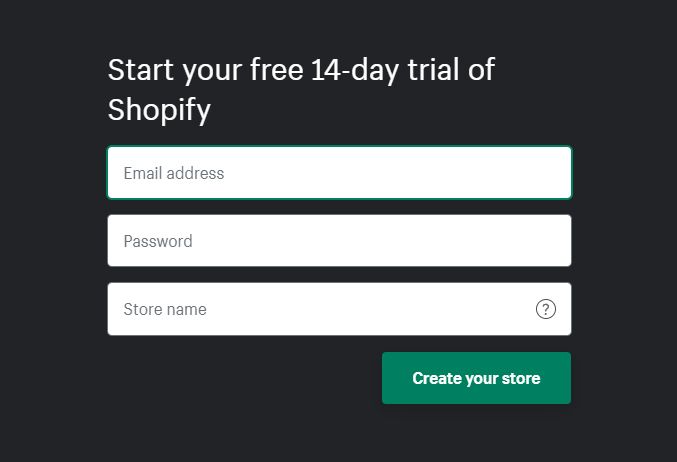Exporting your data such as posts, comments, pages, tags, categories, custom taxonomies, custom post types, custom fields, and users is considered very necessary and helpful. The fact is that you are allowed to employ the Export tool to back up all of your content or move your content to a new site. In case you are moving to a new host or just need a backup of your site data, then Exporting your site must be the solution. More into details, that file can be used for import by the Tools Import Screen once the Export file is created.
Now, let’s take a look at our instructional writing on How to export the content to another blog or platform to know more deeply about the use of ‘include’.
How to export the content to another blog or platform
It must be a great idea to clean things up as much as possible before exporting your content. Review any comments marked as spam and remove any that are REAL spam. In case there are pending comments that need to be reviewed and approved, please do that in order to make the export file as small and clean as possible.
You are able to do whatever you like with your content. Go to My Site > Settings and choose the Export option in the Site Tools section at the bottom to download a copy of the content of your blog. The content will be delivered as a series of .xml files, that will include your pages, posts, categories, tags, comments and more references to all images of your site. These files are reffered to as WordPress eXtended RSS files, also.
In case you would like to export all the content that you have, please hit the Export All button. In case you would like to export a subset such as a single author's posts, for instance, or a specific category or range of date, please tap the arrow next to the Export All button to see the advanced options.

Please note that you need to press the Export Selected Content button once you’ve selected the content you wish to export. At this point, you are able to stay on the export file to become available. Then, a handy notification will de displayed, offering you a download link. The link will contain a download of a .zip file, which contains any export files (larger blogs will include more than one export file).

This is to ensure that your export process will be fast, and succeed in completing. You’ll need to unzip the file, and import each of the .xml files individually when importing back into another blog. It is considered safe to navigate away from the screen once the export is in progress, if you would like to continue blogging. We will also email you a link to the export file, which will remain available for download for approximately a week.
Please note that this will ONLY export your posts, tags, pages, categories, and comments; images and uploads may need to be manually transferred to the new blog.
The recent version of the WordPress.org installation does give you the option to import uploaded files, but the blog you are importing from must be live and serving images properly so that it can work. So, if you have an intention of removing content (or the whole blog) here at WordPress.com, please wait until after media files have been imported successfully into the new blog, and make sure your site is not set to private!
Conclusion
When your WordPress.com site is marked “Private,” your media files will not properly export during an usual export. Part of the export process generates links to your media files which a WordPress.org site will employ to import your media.
Before you start your export process, you will need to make your WordPress.com site public under My Sites → Settings → General in order for the media files to work properly in your new imported blog. As soon as you have completed the import into your new site and have confirmed your media has been successfully imported, you can return your WordPress.com site’s visibility setting to “Private” again. And again, please feel free to use the Export tool to back up all of your content or move your content to a new site!


